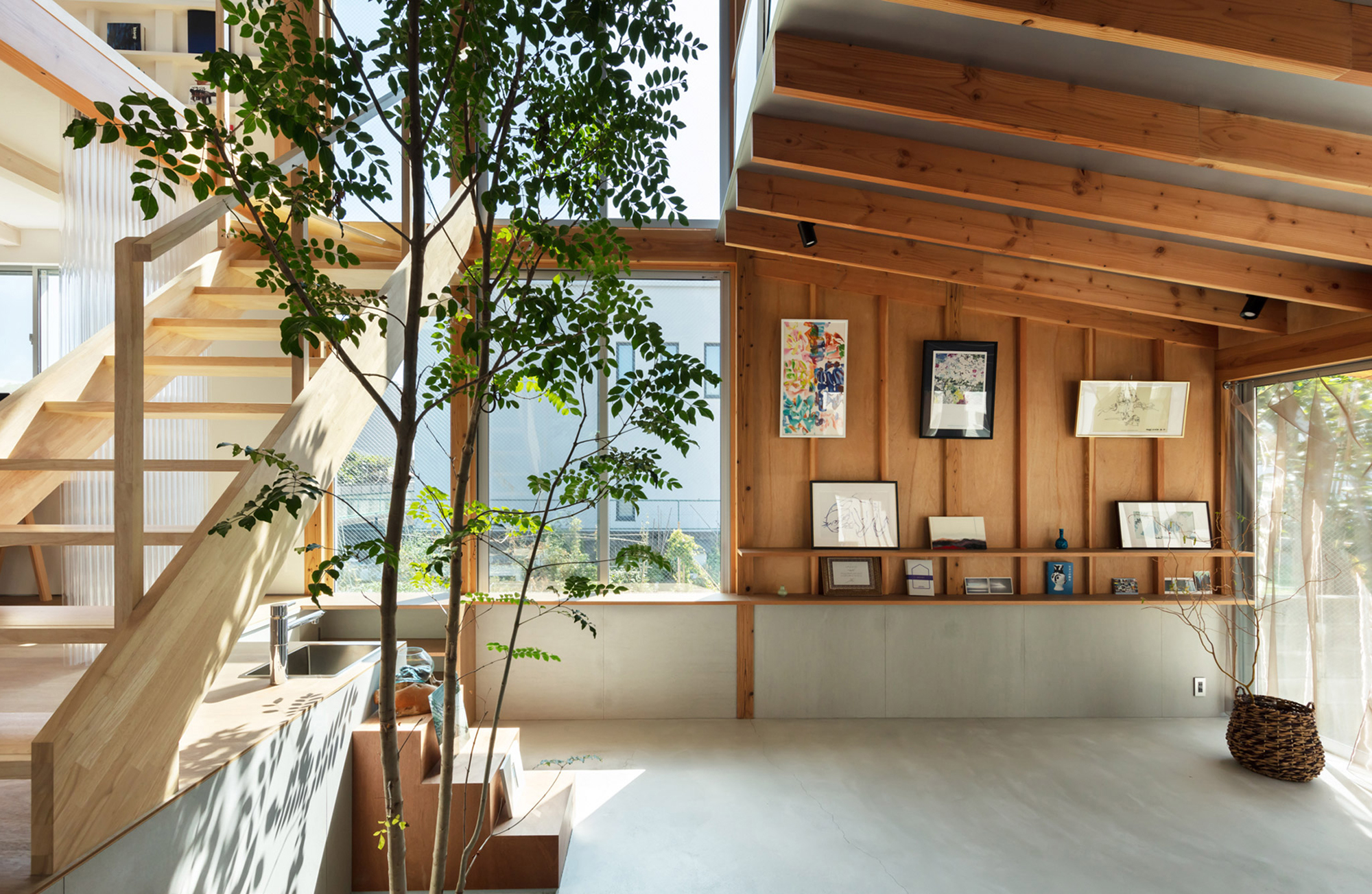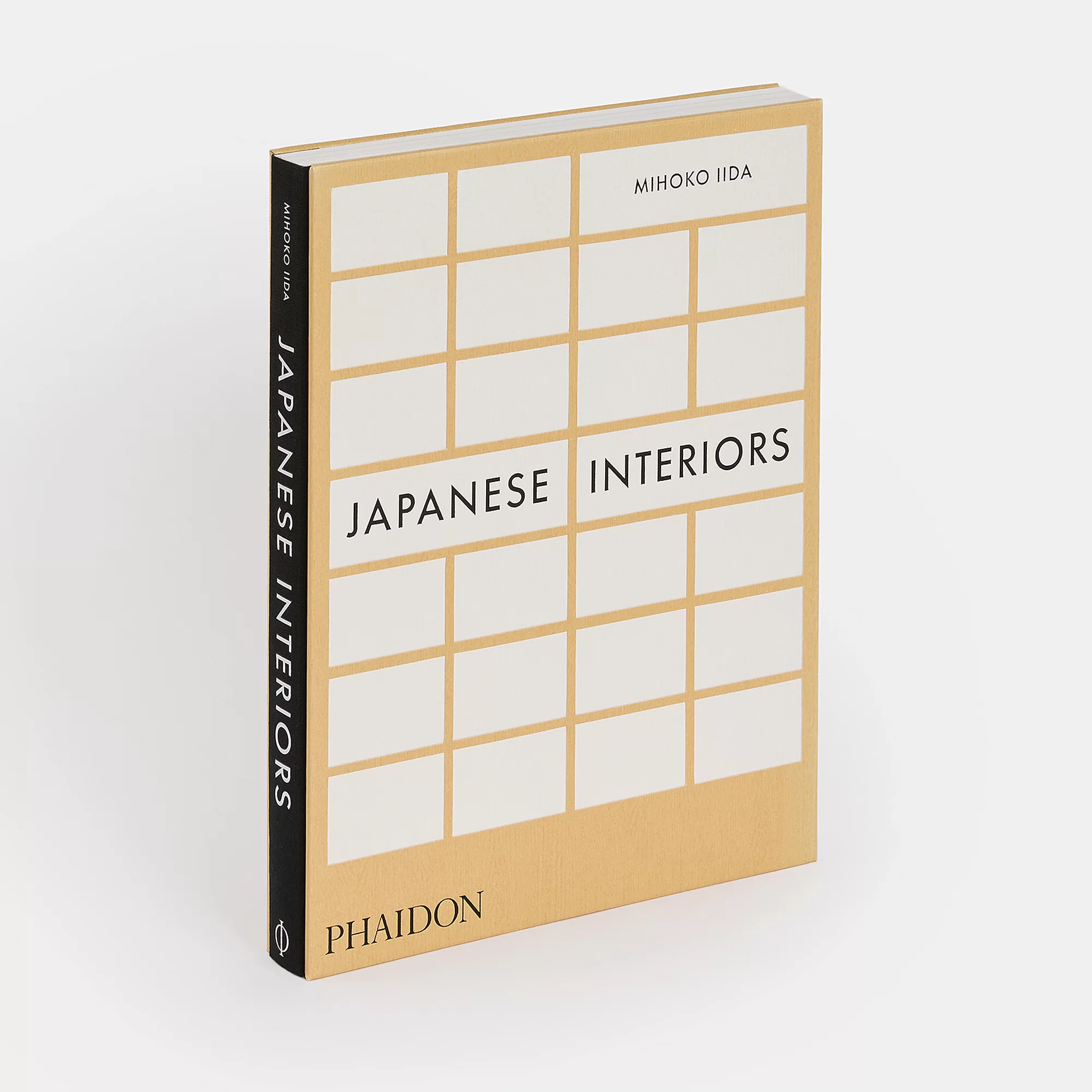In Japan, design has deep roots in tradition – perhaps more than in any other country. Modern Japanese interior design has also had a lasting impact on Western architecture and interiors, particularly in the realm of contemporary design. Unsurprisingly, Nordic designers have found a natural affinity in Japanese minimalism, craftsmanship, and love of natural materials. The Japandi style has emerged as a harmonious union between Japanese and Scandi design. However, Japan’s influence is more nuanced and goes beyond clean aesthetics or materiality. From wabi-sabi to kintsugi and shou sugi ban, Japanese concepts and crafting techniques have left an indelible mark on the worlds of interior design and architecture.
So, what are the main features of modern Japanese interior design? What is the difference between traditional and contemporary homes? And what is the most efficient way to recreate the simple beauty of Japanese living spaces? Read on to discover how to infuse your home with tranquility and a dash of Japanese style.
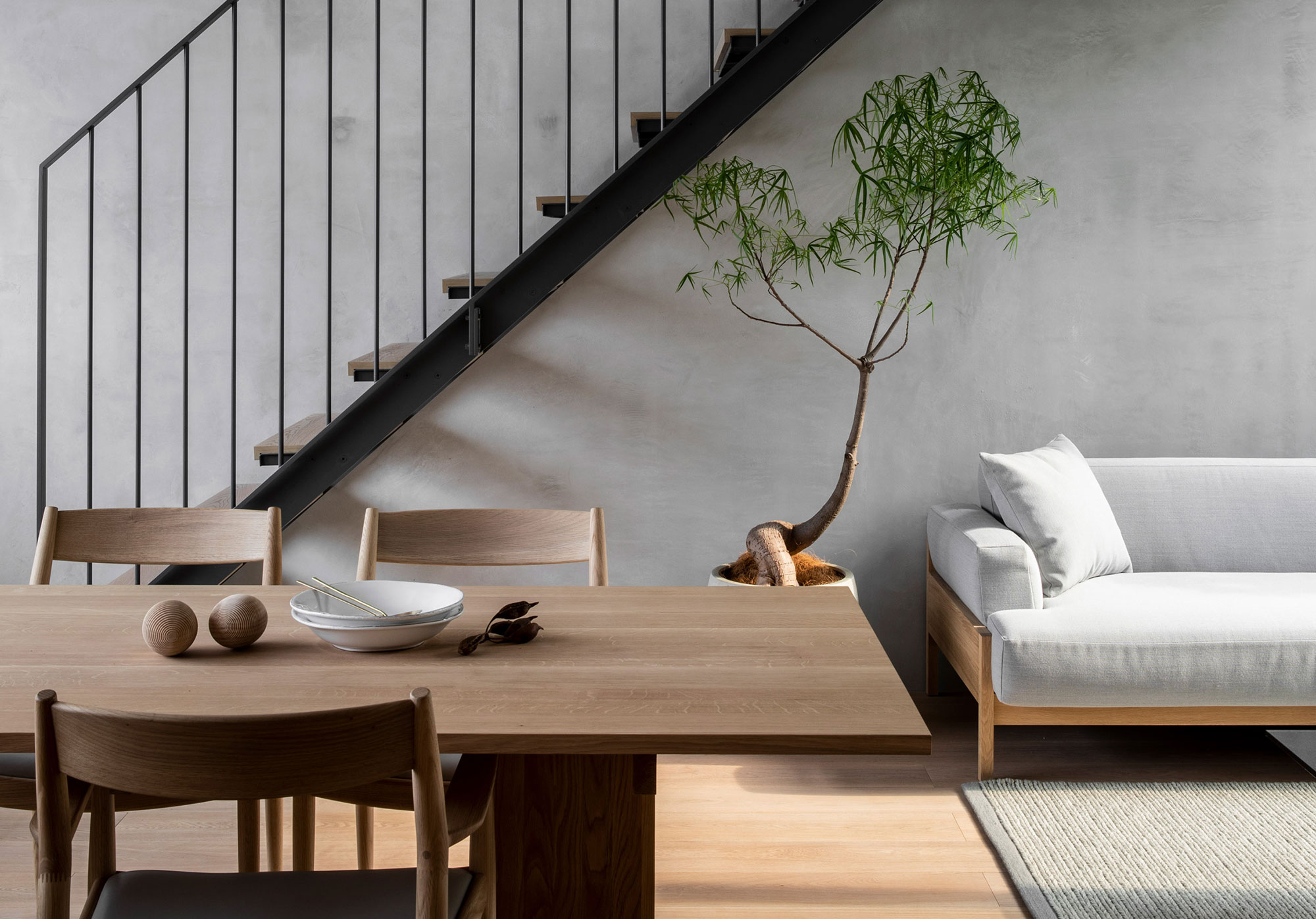
What are the elements of Japanese-style interior design?
Shinto and wabi-sabi provide a strong foundation for modern Japanese interior designs. While the Shinto belief system revolves around kami (“spirits”) which inhabit all living and non-living things, wabi-sabi refers to the beauty of imperfection and impermanence. Put the two together, and you have a beautifully nuanced and multi-faceted bedrock on which to build a home or design a living space.
Every Japanese-inspired living space should showcase a deep appreciation and respect for the natural world. This translates into an abundance of modest and honest materials. Apart from wood and stone, Japanese-style interiors also feature ceramics, cast iron objects, and concrete surfaces. A neutral color palette, bright white walls, large windows for natural light, uncluttered spaces, and an abundance of plants also help to create a serene and airy atmosphere.
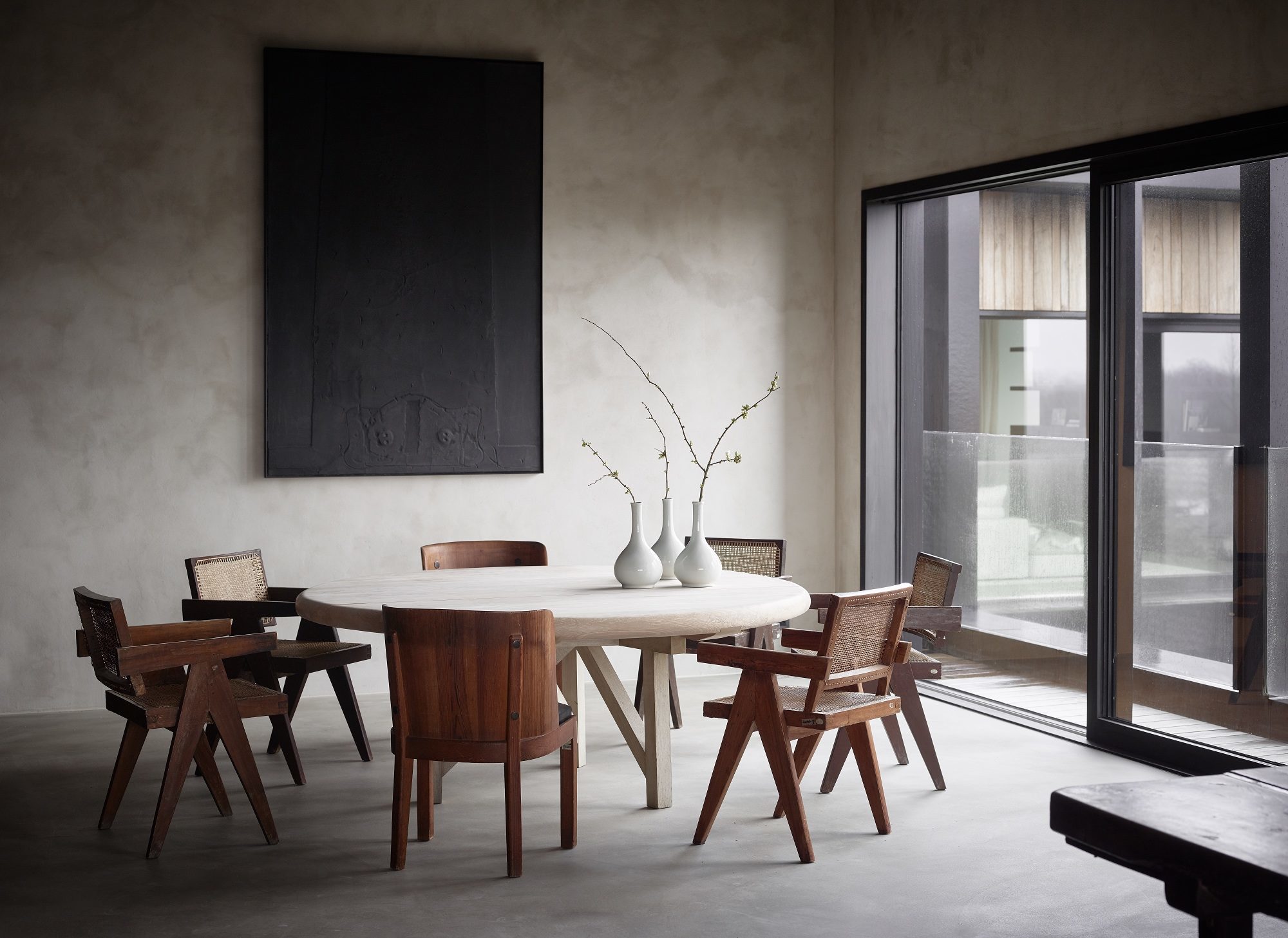
The difference between Japanese living spaces and a Japanese-style decor.
When you think about Japanese houses and apartments, minimalist design is probably the first thing that springs to mind. Yet these modern living spaces are not always minimalist or have much in common with traditional Japanese homes. Think compact apartments in Tokyo or concrete masterpieces created by the likes of Tadao Ando. Cultural customs can also influence the layout or purpose of certain areas of a home. Some traditional elements have adapted for modern lifestyles. For example, the tatami mats, which used to cover the entire flooring, now can appear as raised elements in a room to enhance seating comfort and to optimize the available floor space.
By contrast, a decor that draws inspiration from modern Japanese interior design takes only some elements from this style. For example, black lacquer surfaces and bamboo panels used in a modern minimalist room. A cast iron kettle made in Japan using age-old crafting methods; simple, minimalist vases that highlight the beauty of flowers; or an elegant pairing of wood furniture and stone flooring can all bring a touch of classic Japanese style into a home.
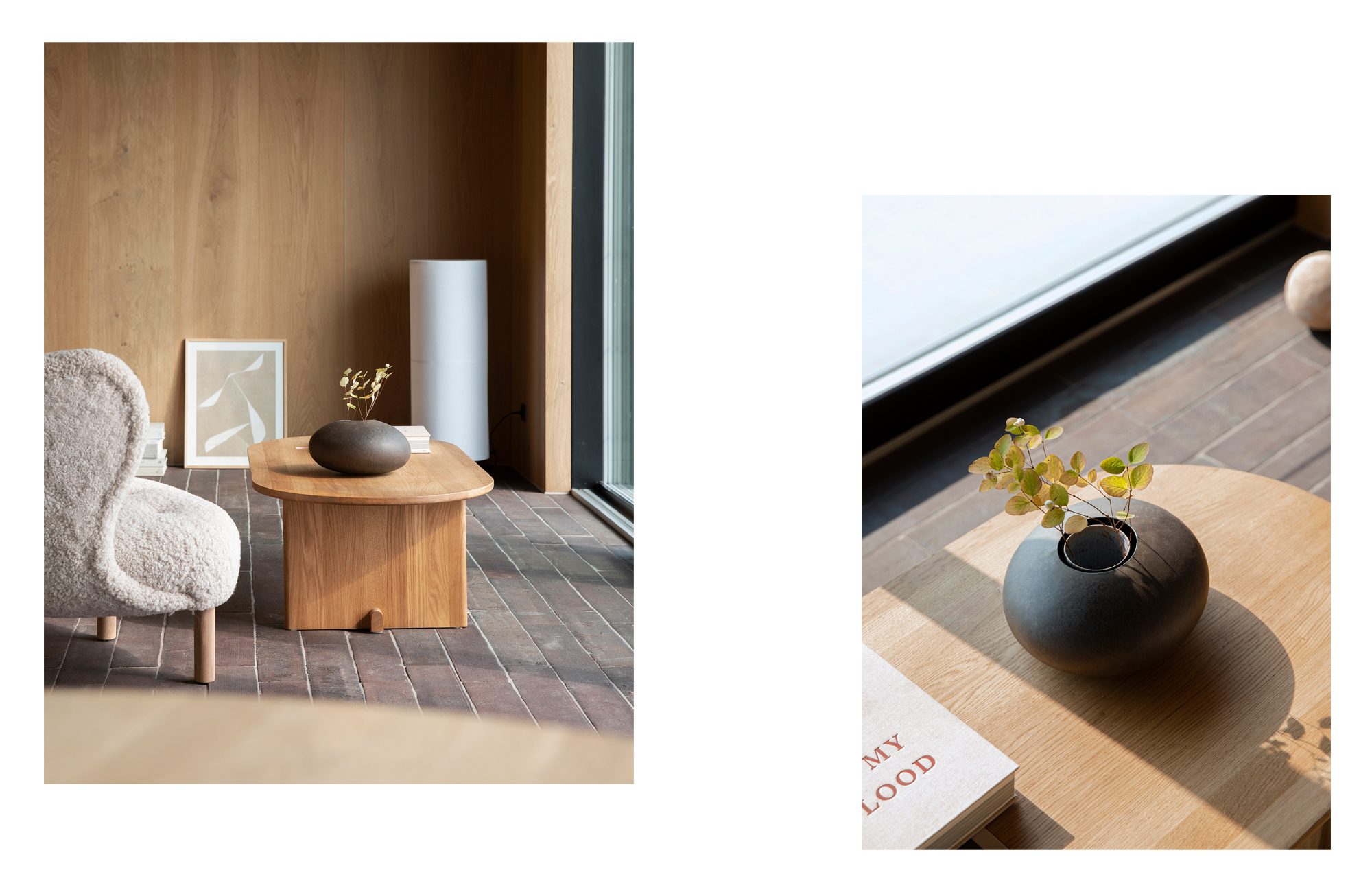
What does a well-designed Japanese-style house look like?
Designed by visionary architects and interior designers, many contemporary homes offer a refined take on traditional Japanese living spaces. They also feature – more often than not – an array of creative design solutions; from flexible shelving to built-in storage that saves space and keeps a room tidy and uncluttered. However, these homes are always as tranquil and elegantly simple as their source of inspiration. Natural wood furniture, few decorative items, and a focus on outdoor spaces – whether it’s a garden, sprawling vistas over a valley, or a sheltered courtyard – also define these interiors.
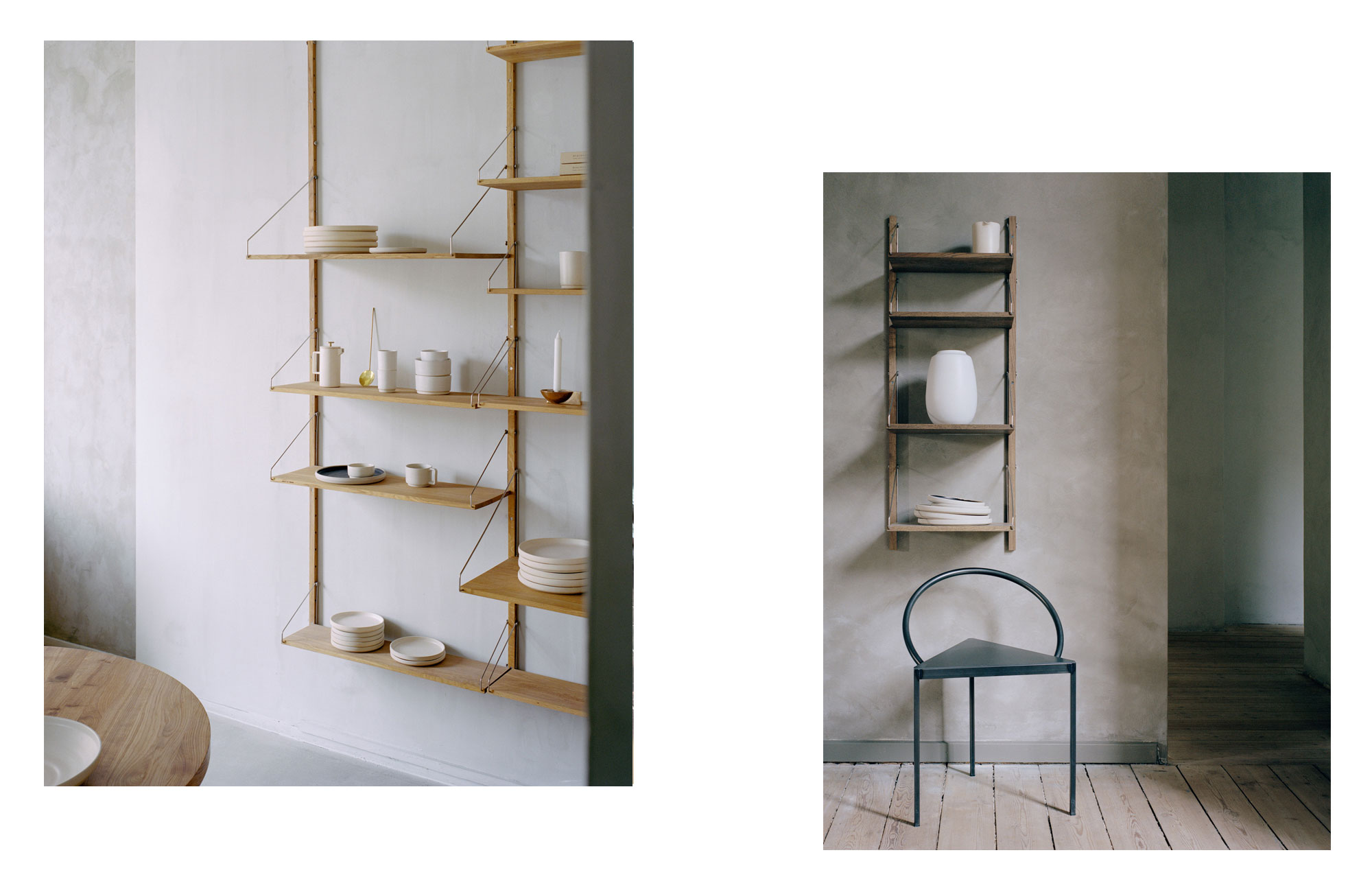
Japanese style furniture and home accessories – where minimalism meets function.
Similarly to Scandinavian design, Japanese furniture combines an understated aesthetic with function and fine craftsmanship. In Japan, interiors are often compact and require tailored storage and furniture design solutions. Think modular systems and multi-functional designs that adapt to different needs and settings. Apart from these features, Japanese style furniture can also have a lower profile. Low-height tables allow the inhabitants to sit on tatami mats or cushions, while benches or low armchairs by large windows provide a convenient way to admire a garden. Screens and sliding doors offer an easy way to separate different areas or connect them into an open-plan space.
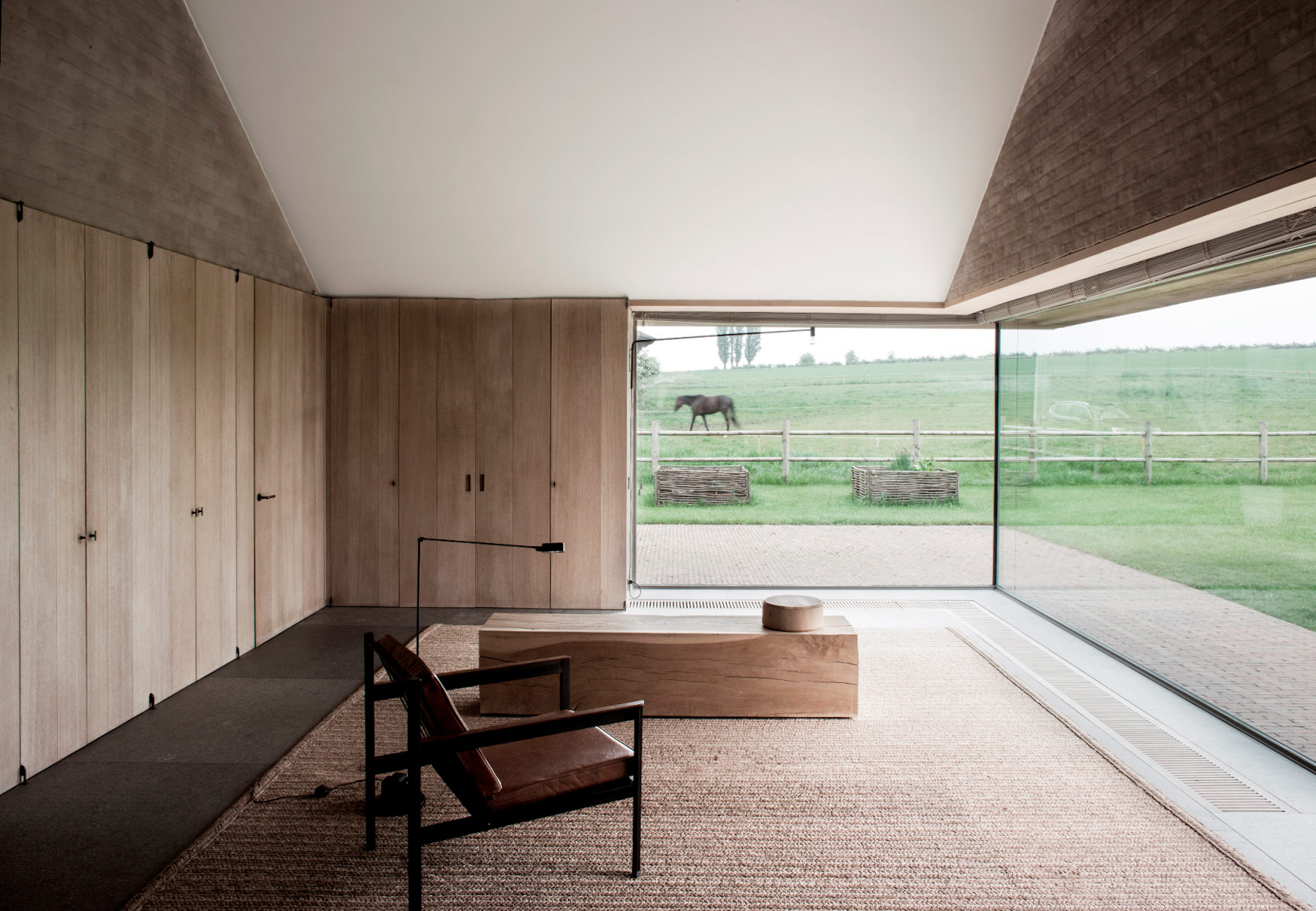
How can I decorate a room in a Japanese style?
You don’t have to recreate a Japanese room in detail to emulate this style. Instead, you can use a selection of beautifully designed products and home accessories to create a living space that draws inspiration from modern Japanese interior design.
Choose wood furniture that showcases traditional craftsmanship but also boasts clean lines. Oil finishes enhance the textures of solid timber while rugs made of natural fibers add more texture to a room. For the entrance area, choose shelving systems that keep items (like shoes and accessories) away from sight. For a home office, select desk accessories that maximize function in a minimalist style.
You can also pair bamboo accents and screens that boast translucent panels with lighting reminiscent of paper lanterns or wallpaper with Japanese-style ink illustrations. Choose concrete plant pots for lush greenery or get a bonsai tree. Create a comfortable space for your tea making rituals with low-height wood tables and a cast iron teapot. Minimalist vases that allow you to explore your ikebana talents are also a great way to bring a bit of Japan into your home.
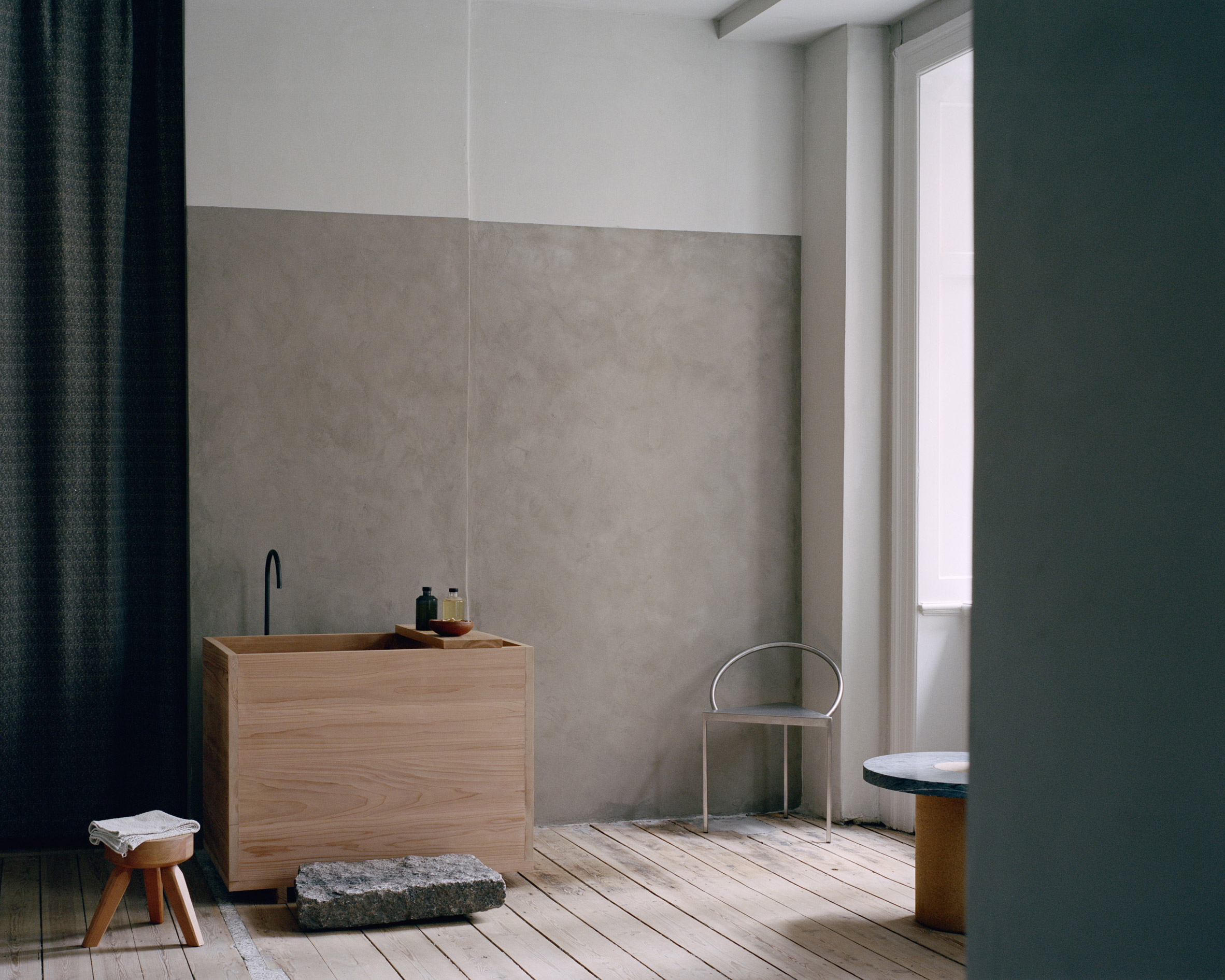
Japanese-inspired bathrooms.
While all of the above tips work for any room, a Japanese-style bathroom requires a different approach. Bathing is an important ritual in Japan, so having a large, freestanding bathtub is a must. The centerpiece of a bathroom, these soaking baths encourage you to take a moment to relax after a long day. Finished with a white porcelain coating or made of teak wood, the bathtub can have either curved or angular forms.
If you can’t install a freestanding bath, you can recreate the feel of a Japanese bathroom with other elements. Wood and stone go well together here, along with light or muted colors. A window that opens to a garden can easily connect this room to nature. Plant pots can also add a touch of greenery. Multi-functional stools and chairs that double as simple decorative accents are also a great choice. Tile or plank flooring, concrete walls, clean lines, and minimalist accessories in an uncluttered space can easily complete the look.
Suggested reading
Japanese Interiors
Published by Phaidon, Japanese Interiors takes you on a journey to explore some of the most inspiring and beautifully designed Japanese homes. The 240-page book features six chapters that delve into the core concepts of Japanese design, from the beauty of simplicity to the art of age-old craftsmanship, along with profiles of distinguished architects and designers. Among the more than 300 gorgeous photographs, readers can discover a wide range of spaces, from traditional tatami rooms to compact apartments designed with clever storage solutions. Alongside these images, beautifully written texts offer more insight into Japanese culture, history and local context, painting a comprehensive picture of the beating heart of modern Japanese living spaces.
John Pawson: Making Life Simpler
In John Pawson: Making Life Simpler, architectural historian Deyan Sudjic and friend of the master of warm minimalism delves into Pawson’s life and work. Perfect for fans of John Pawson and minimalism lovers in equal measure, this book features some of the designer’s most renowned, award-winning projects, as well as never-before-seen photographs and documents. Apart from inspiring spaces that will instantly make you plan your dream home, the book also lets readers delve into the life of the designer, from his upbringing in Yorkshire, England, to his travels in Japan, and his work with famous clients such as Karl Lagerfeld, Calvin Klein, or Shiro Kuramata.


